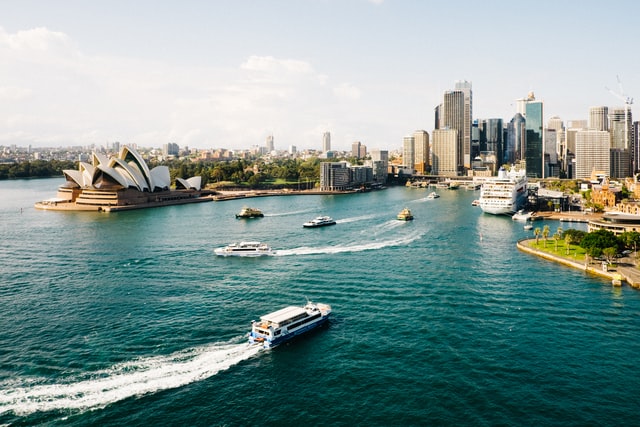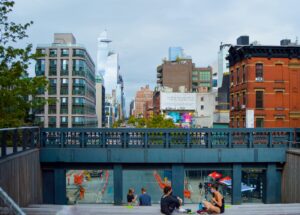With the re-election of the Berejiklian government, New South Wales now has a minister for public spaces, Rob Stokes. This portfolio was first mooted in February, when the premier announced one of the new minister’s tasks would be to identify and protect publicly owned land for use as parks or public spaces.
As important as this task is, we need even more ambition in this portfolio. Public space is crucial to the social, economic, political and environmental life of our towns and cities. As well as increasing the quantity of public spaces, we need to improve their quality.
Here are ten priorities for government action to make our public spaces more plentiful and more accessible to all.
1. Rein in privately owned public spaces
From Barangaroo to Bonnyrigg, public spaces in new urban developments are often owned and controlled by private developers. The public has little say over the rules that govern these spaces and how those rules are enforced. Restrictions are often excessive, and private security guards are known to overstep their powers.
The minister for public space should map the extent of privately owned public spaces and ensure these are governed by the same, democratically determined laws that cover publicly owned public spaces.
2. Strategic purchases of private land
As well as identifying publicly owned land that could be used for parks or public spaces, the minister should identify privately owned land that could be acquired for the same purpose. The gradual purchase of harbour foreshore property in Glebe has resulted in a wonderful and well-used foreshore walk. Similar opportunities to create public space networks should be identified and planned.
Read the full article on The Conversation
Author: Kurt Iveson
Recommended by Luisa Bravo











More Stories
A stealthy reimagining of urban public space by Elizabeth Diller
Security by Design: Protection of public spaces from terrorist attacks
10 years of Global Public Space Programme – Annual Report 2022 and reflections on a Decade of Public Space